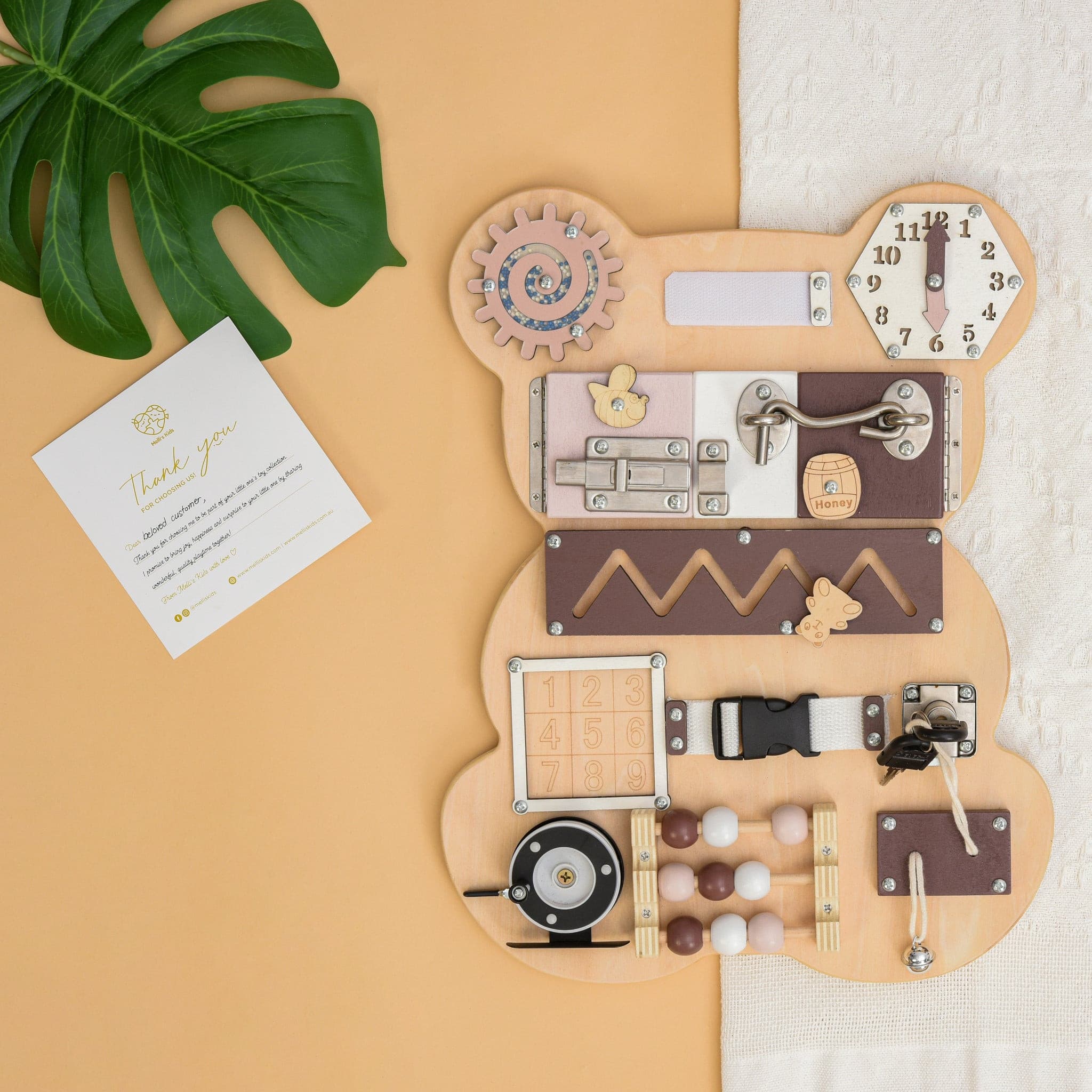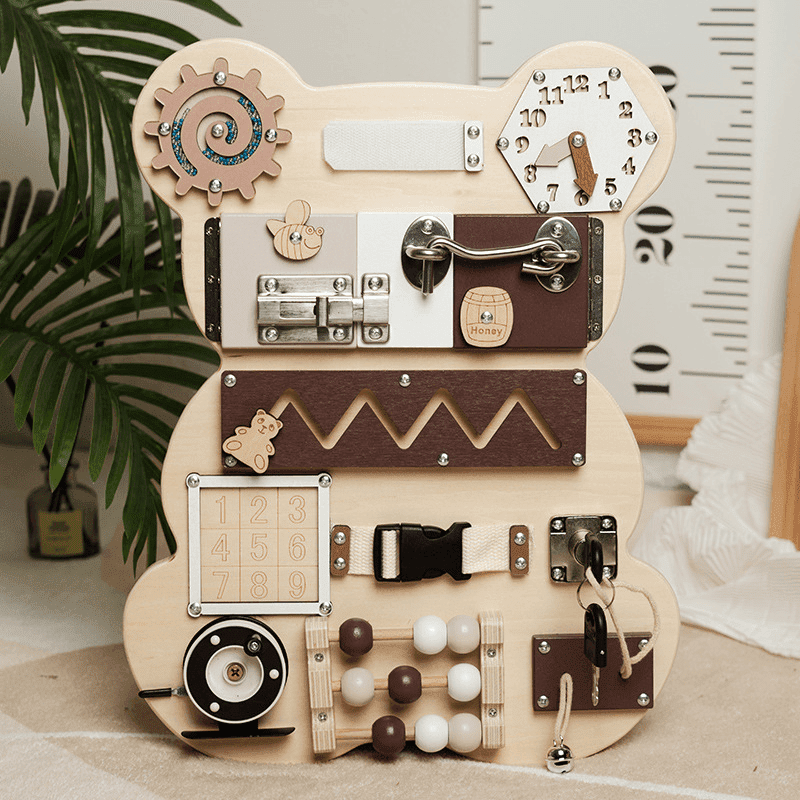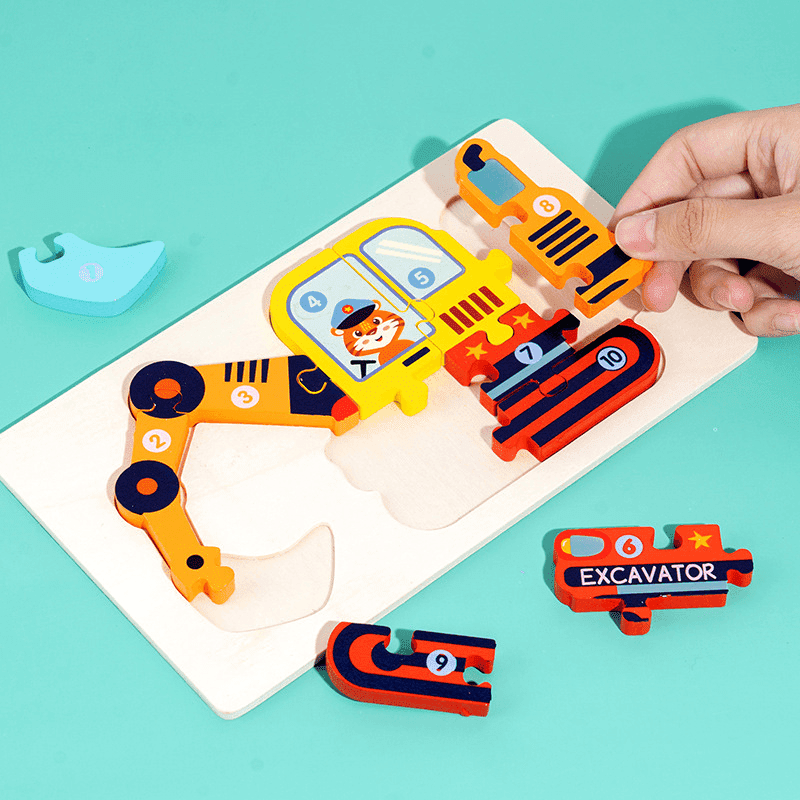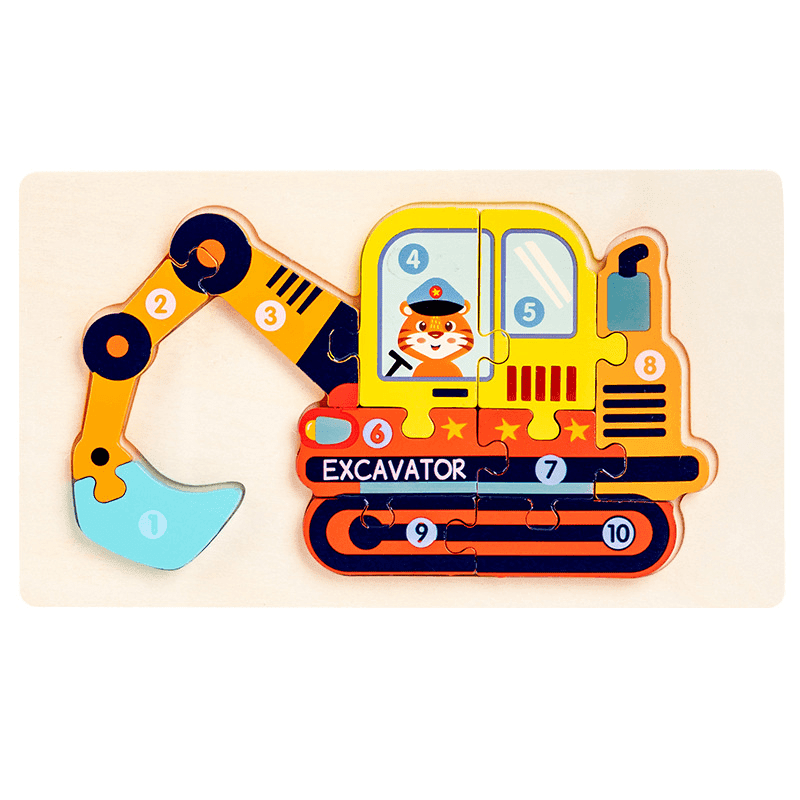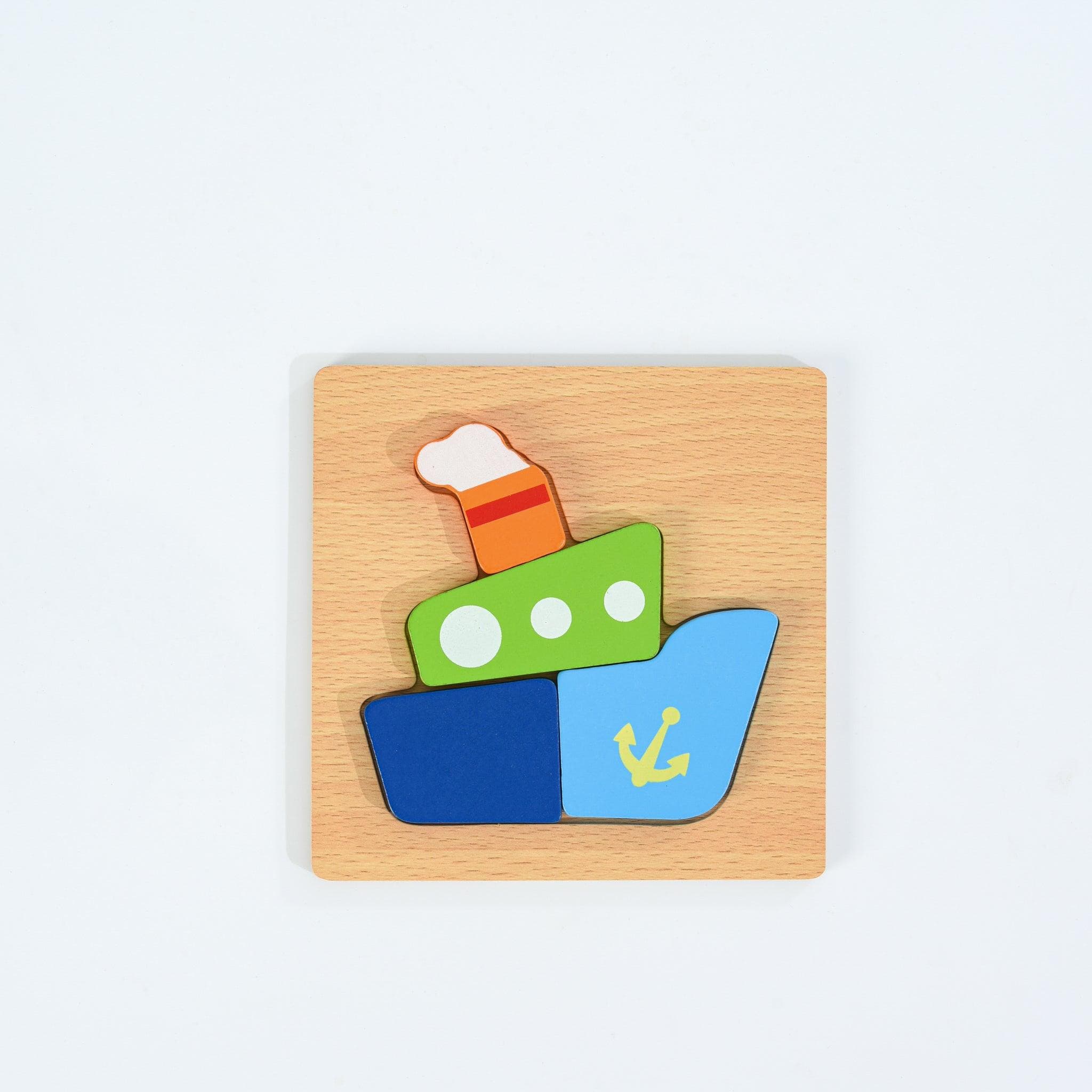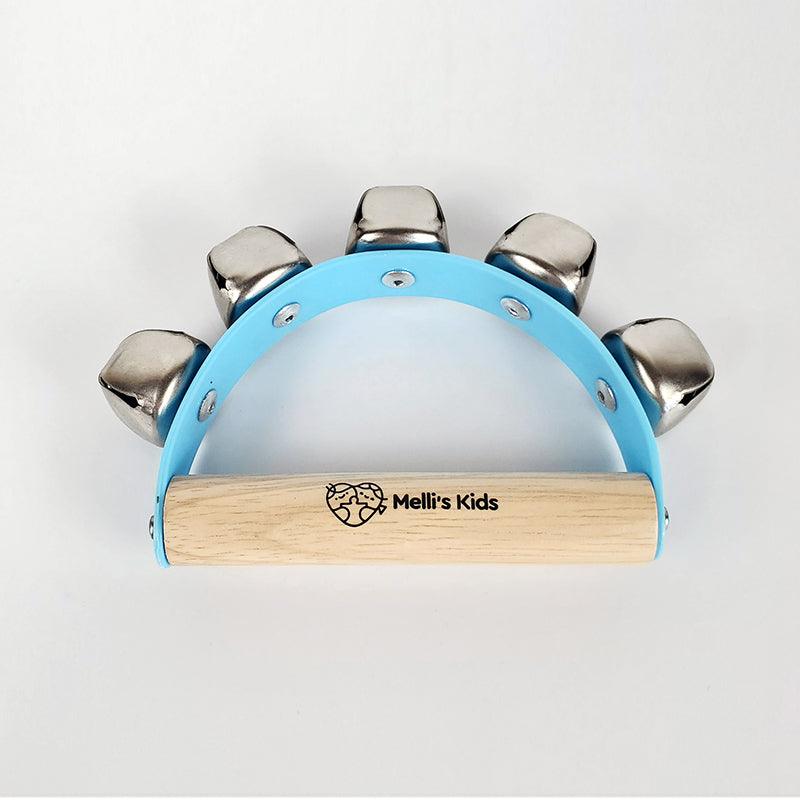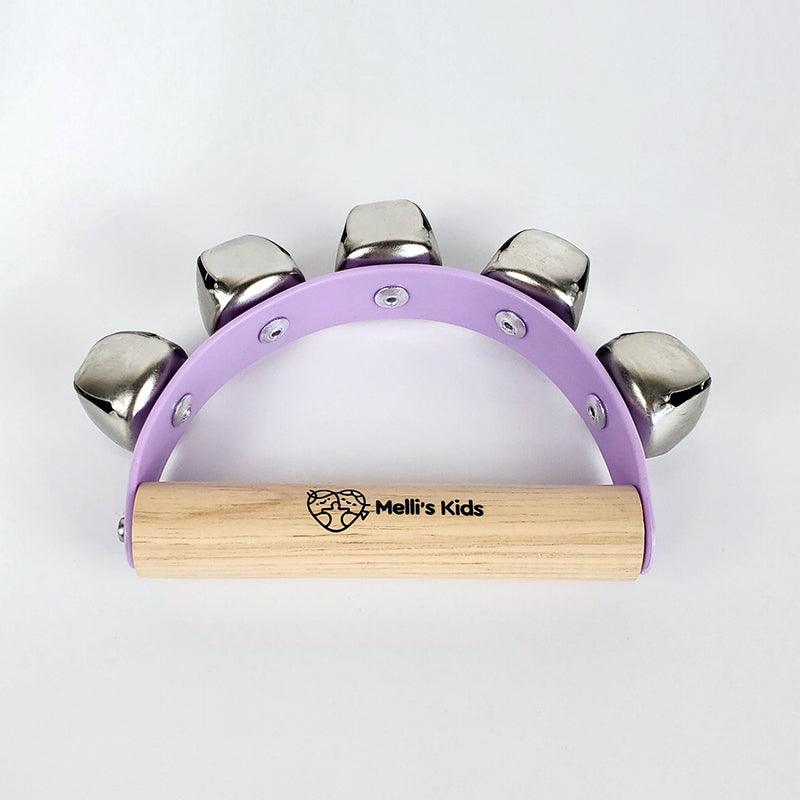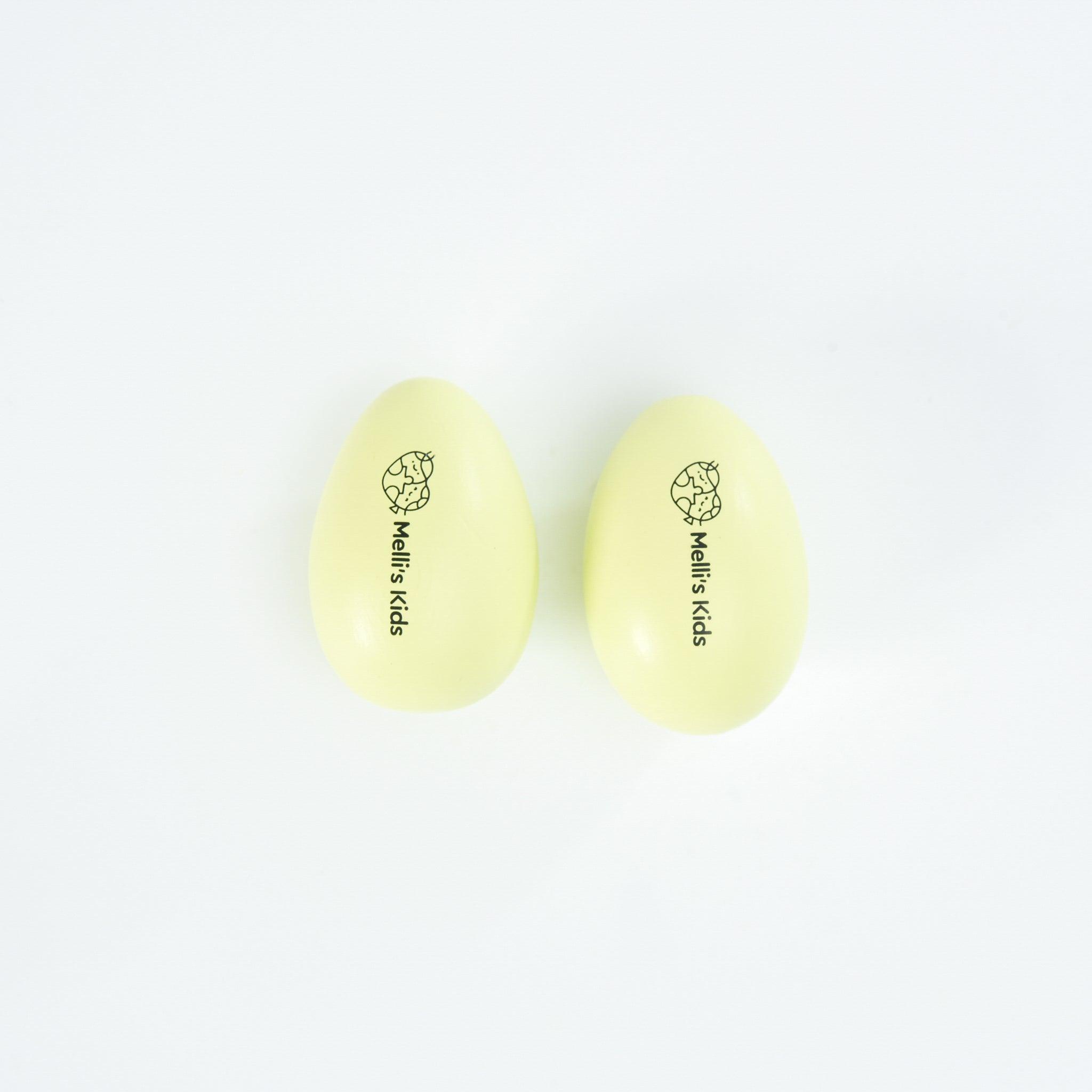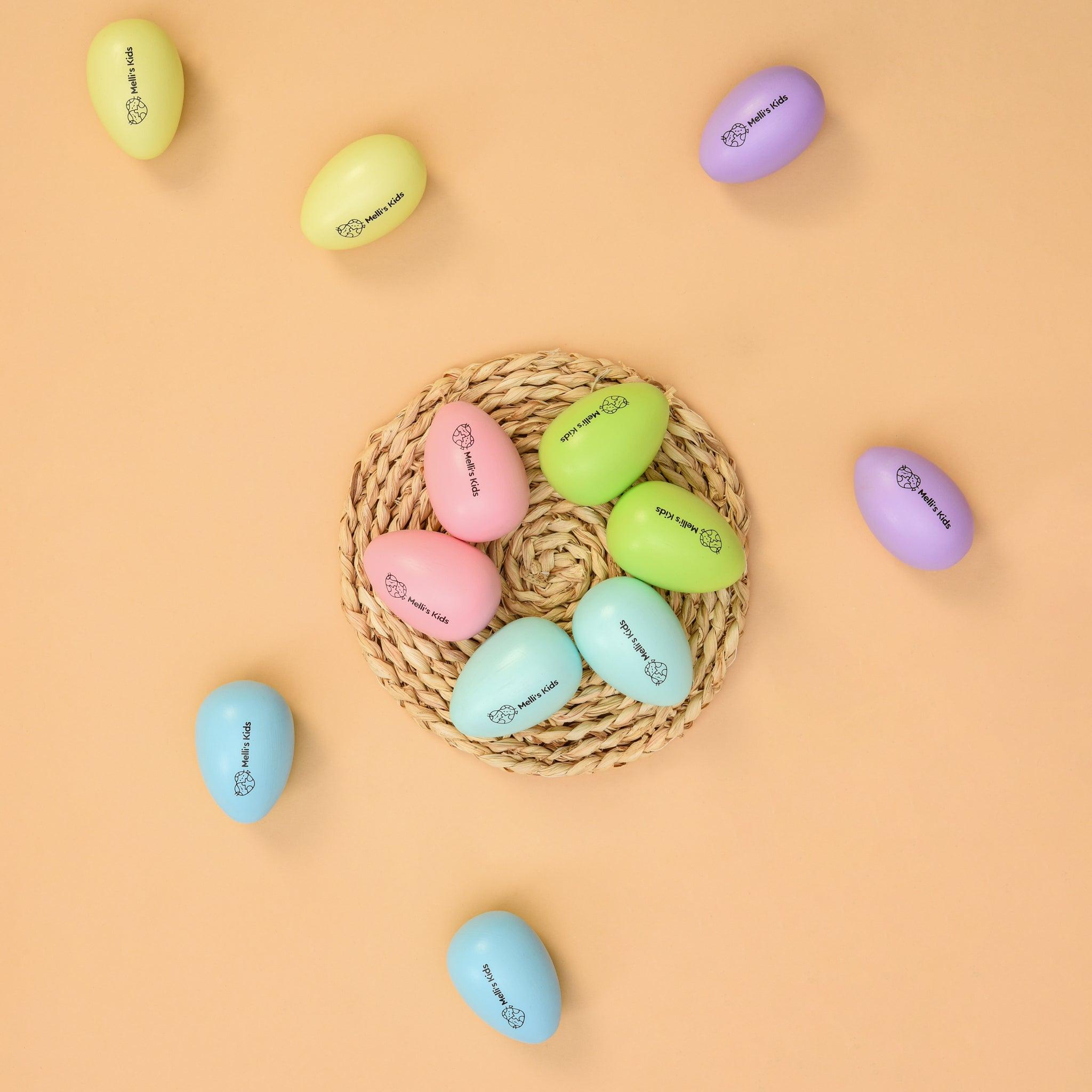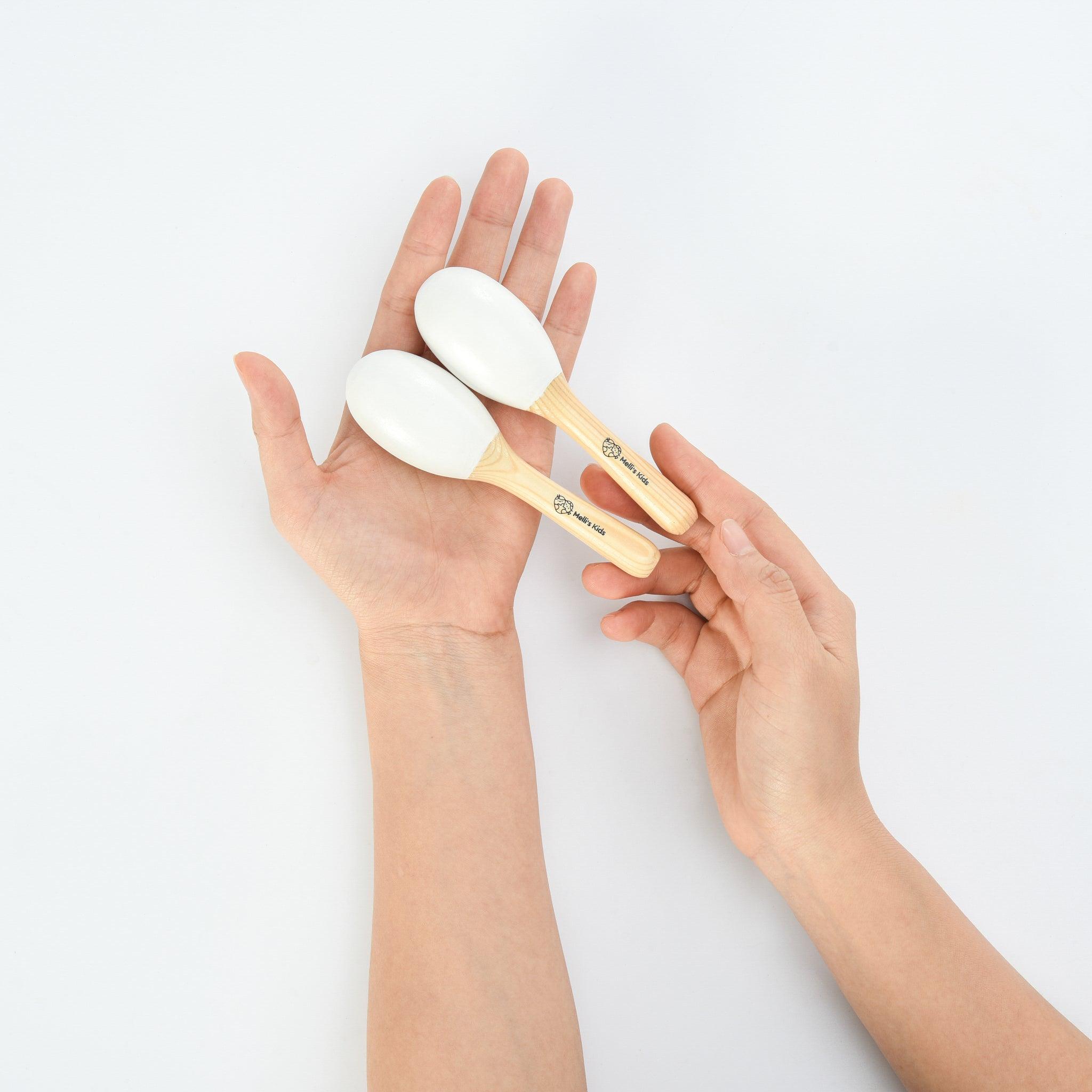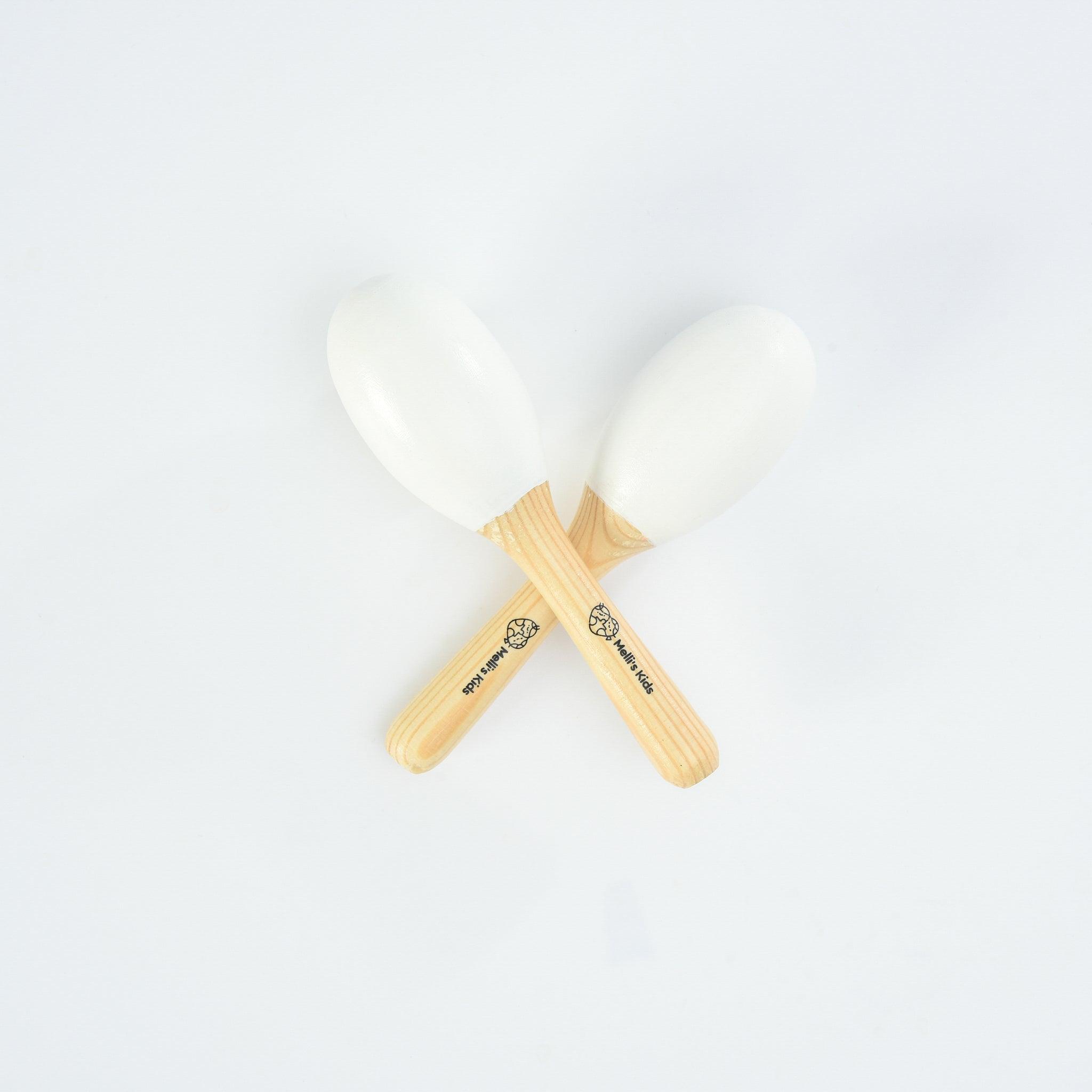What is sensory play? Everything you need to know!
Have you ever attempted to explain to your child what grass smells like or what it feels like between your toes?
You know, there are things that could not be explained in words; but we had better experience them through touch, taste, sound, smell, and perception. That’s all about sensory play!
For early children's development, sensory play is crucial. A Michigan State University study found that kids learn best when they are actively participating in what they are watching, hearing, or doing. They can all benefit from sensory play through developing their brains, cognition, language, and motor skills.
So what is a sensory play? Let’s find out in this blog!
WHAT IS A SENSORY PLAY?Simply put, sensory play is any action that awakens a child's sense of touch, smell, taste, sight, or hearing. Children's thinking, linguistic, social-emotional, and physical development can be improved by sensory stimulation.
For instance, listening to new sounds can develop language skill, setting aside special materials such as hard things, metal or soft knit can develop their sense of feeling, touch and smell. A sensory bin is a common example of sensory play.

Sensory bin
WHAT IS THE VESTIBULAR SYSTEM?
The vestibular system affects balance, it is located in the inner ear. In order to stimulate the numerous receptors in the inner ear, it is important to move the head into as many different positions or planes as you can. Due to the head posture, jumping, swinging, rolling, and hanging are frequently linked to vestibular disorders. Scooter boards can be categorized as vestibular input as well.
WHAT IS THE PROPRIOCEPTION SYSTEM?
Knowing where your body is in space and where your limbs are in respect to your body are two simple ways to describe proprioception. Proprioception includes the ability to plan your muscles, grade your muscles' movements, and move your arms and legs without necessarily looking at them. Proprioception encompasses a variety of movements, including pushing, tugging, jumping, and heavy lifting. Proprioceptive input is located in the large muscle groups and the spine.
HOW TO USE SENSORY PLAY?
Children's learning opportunities and daily experiences should include sensory play. Throughout the day, during unstructured playtime and in various learning centers, you could provide sensory activities (e.g., block center, science center, art center, etc.). Here are some ways to utilize sensory activities.
Tactile play
Tactile play involves exploring objects with hands. It is the most common sensory play strategy and teaches children about textures, temperature, vibrations, and pressure.
Here are some fun tactile play activities to try:
- Cornstarch Dough
- Homemade Flubber
- Fluffy Slime
Activities for auditory sensory play help kids distinguish between sounds and develop their hearing abilities. Additionally, auditory sensory play lays the groundwork for a variety of tasks like following multi-step instructions and differentiating between letter sounds. Activities for auditory sensory play could involve clapping contests or reading rhymed novels.

Pat bell shelf is a good choice for auditory sensory play
Visual sensory playPlaying with visual sensory helps kids develop their vision. Activities involving color and pattern detection help children's visual sensory systems grow significantly. Excellent examples of visual sensory play activities are shadow exploration, hide & seek, and color mixing exercises.

Using rattles to develop visual skill as a sensory play
WHAT TO CONSIDER WHEN PLANNING SENSORY PLAY?
When it comes to organizing sensory play, the possibilities are boundless. Consider the following while creating sensory play activities!
Senses engagement target
All aspects of sensory development depend on the five basic human senses. Activities for sensory play can be planned that focus on one or two sensory experiences, such as finger painting (sight and touch), or multi-sensory experiences, such as bread baking.
It all depends on your ultimate objective! Therefore, you should identify your senses in order to participate in particular sensory play activities.
Type of sensory play activities
The four primary categories of sensory activities for preschoolers and toddlers are:
- Messy
- Non-messy
- Edible
- Non-edible
Children's innate sense of inquiry and curiosity are fostered by messy sensory play. Messy sensory play activities include painting balloons, finding dinosaurs in taste-safe mud, and making fizzy cloud dough.
Activities for edible sensory play encourage a multisensory experience. Making rice krispie treats or granola bars are a couple of instances.
Non-edible sensory play activities examples include play dough, paper pulp, and clean mud.
EnvironmentWhile some sensory play activities should be set up inside, others should be done outside. You can choose an indoor or outdoor venue depending on the sensory play activity you're doing and your objectives. For instance, exploring light and shadow is best done in a dim indoor setting.
Furthermore, it's preferable to practice gross motor skills outside where there is opportunity for large body movements. There are more significant logistical concerns to think about. For instance, some tasks could require access to a sink or water source. So, before choosing a location, you should consider these logistics.
FINAL THOUGHTS
Thanks to the sensory system, we are able to make sense of the world around us. Our senses get more refined as the more practice and exposure we have to various sensory experiences. As a result, daily access to sensory play is necessary for a young child's development. Not only supports all areas of development, sensory play encourages creativity, confidence, and curiosity, all of which are essential for a positive learning attitude.

